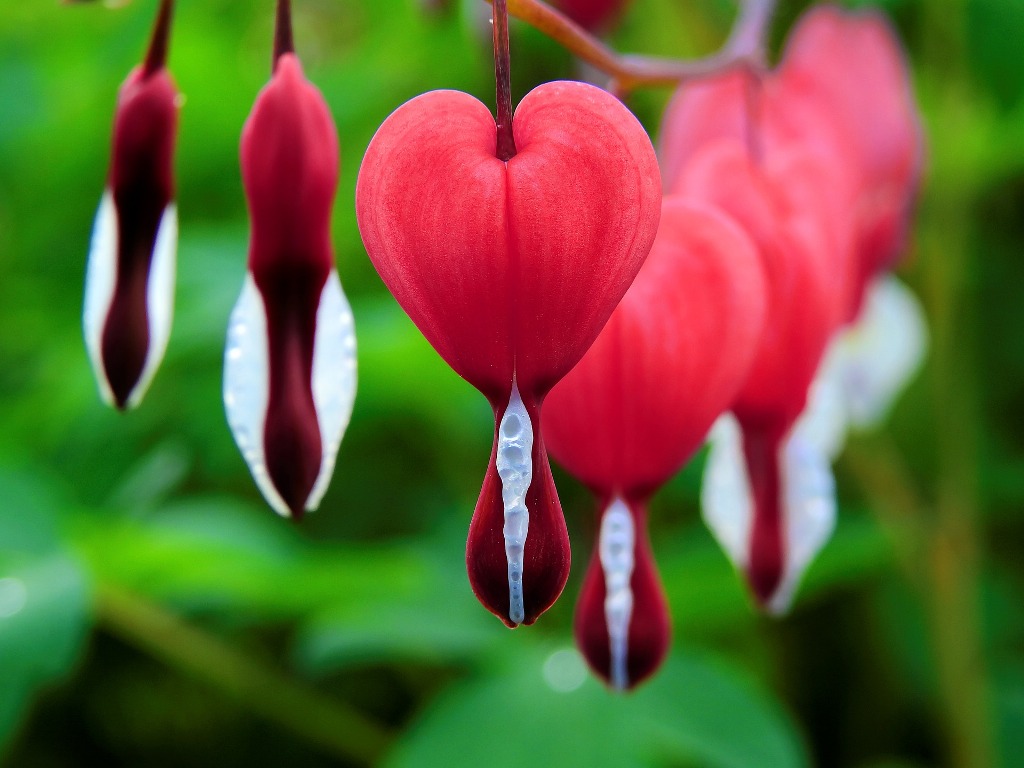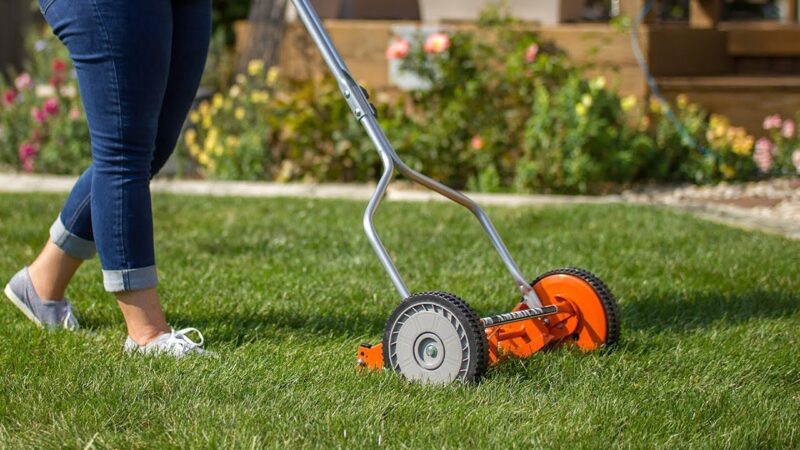How to Grow and Care for Bleeding Heart Flower

Family and Genus
Lamprocapnos Spectabilis, popularly known as Bleeding Heart, is a flowering plant that belongs to the poppy family of Papaveraceae. Have you been looking for a great ornamental flower to decorate your garden? Then this is the one for you. As appealing as they may look, this flower is extremely poisonous when ingested, and for some people, even just coming into proximity with the plant can cause skin allergies or rashes.
Features
This beautiful plant is especially famous for its heart-shaped flowers that are widely used for decoration and beautifying. These flowers typically hang down in a row from their arching stems. At the bottom, you can also see something like a “drop of blood” with dangling tips. Hence the name, Bleeding Heart. While the flower is native to Asian countries like Siberia, northern China, Korea, and Japan, and North America, it is now being grown all across the world due to its ornamental quality. Bleeding Heart is also sometimes referred to as Dicentra or Dicentra spectabilis. But this is its old name, and the flower doesn’t belong to the genus Dicentra anymore.
The flowers usually bloom during spring and early summer, and by the time summer and all the heat has gone, the plants become dormant. However, they still grow back in the next spring when it is blooming time. Bleeding Heart is popular across the world as a strong symbol of love, romance, and purity. There are many varieties of this flower, and each of them comes in different colors, shapes, and sizes. However, the most common and classic type of Bleeding Heart is the pink colored one, which has white dangling tips. Compound leaves also characterize the flowers. The stems are pinkish green in color and complement the color of the petals very well. Each hanging flower is about 1-2 inches in length and can also grow up to 6 inches to 3 feet in height.
Different Varieties of Bleeding Heart Flower

The prominent varieties of this plant are as follows:
Amore Pink
As obvious from the name, these are soft pink colored flowers, and they grow in clumps. It is a perennial flower that can be used for garden borders, rock gardens, ground cover, etc. they grow up to 9-14 inches tall and as much as 14 inches in width. This variety is an exception because unlike other bleeding heart plants, this one does not go dormant after summer as long as you ensure that the soil is kept moist.
Burning Heart
This type of bleeding Heart is a bushy perennial flower with red flowers that are edged in a warm white color. The flowers also have beautiful foliage of finely divided grayish leaves. These flowers also grow in a clump and can grow up to 6 – 12 inches tall and 12 – 8 inches wide.
Candy Heart
Candy hearts are another popular variety with blue-green leaves and delicate Heart-shaped flowers that come in a purple-pinkish shade. They grow up to 10 – 12 inches in height and may spread for about 12 – 16 inches in width.
Dutchman’s Breeches
Coming in a beautiful shade of yellow and white, this variety of the Bleeding Heart is a very dense plant that can grow in high masses of up to 10 inches in height. The leaves are in the shape of ferns, while the flowers are double-spurred in appearance. The flowers bloom on leafless stalks as clusters. This plant is also well known for its ability as a pollinator to your garden and can attract bees, butterflies, and other insects.
Fringed Bleeding Heart
With both pink and white blooms, this is a beautiful flower that will attract many species to your gardens, especially hummingbirds. These can grow up to 18 inches tall.
Best Cultivation Practices
To successfully grow bleeding Heart in your garden, you should ensure that the soil is always moist, and this can be done through regular watering of the plants. But even though regular moisturization is good for the plant and soil, make sure that you don’t overdo it. The plants best grow when they are in the shade or even partly shady area. Part sun is also okay, but full sun isn’t recommended since the moisture content may get lost with all of the heat. It is also advised not to plant in areas where the soil is too dry.
You can grow bleeding Heart either from seeds or by taking cuttings or divisions form an already grown plant. When you are planting, make sure that each plant is at least 1 or 2 feet away from the other. Fertile soil is a must for these plants to flourish well; therefore, you can either add in a layer of compost before planting or you can use fertilizer after you have finished planting. It is also important to find suitable companion plants because when the plant loses its foliage, the place where it used to sit can become quite empty and make your garden look less attractive, especially if you have been gardening for ornamentation purposes.
Fertilizing
Since bleeding hearts are heavy feeding plants, it is important that they are provided with organic soil rich in nutrients. Therefore, fertilizing can be in natural forms as well as artificial forms. Natural forms of fertilizing include peat moss, chopped leaves, compost, and granular fertilizer can also be used for the same. So, what are you looking for? This plant is literally low-maintenance and can make your garden look ravishing. Go ahead, and buy the seeds or plant and start growing this beautiful Heart shaped beauty in your homes too.
Unlike other plants, bleeding hearts do not require full sun to grow. In fact, they can thrive well in any place that is completely or partially shaded. Planting near a deciduous tree is also a good option since the tree can protect the plant from excess sunlight.
Yes, they are toxic and dangerous substance not just for humans, but animals as well. It can also cause other issues like skin irritation, rashes, etc.
Cutting the foliage when weak and brown is an important step to ensure that the plants can regrow healthily. Make sure that you cut the foliage only after it turns brown or yellow. Do not cut before that as this is the stage where the plant is storing its food reserves for the next year.





